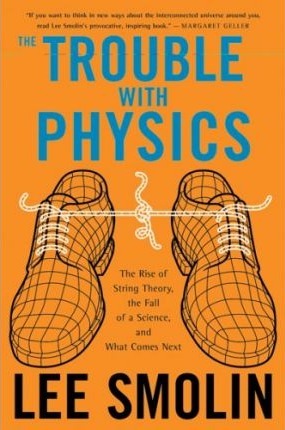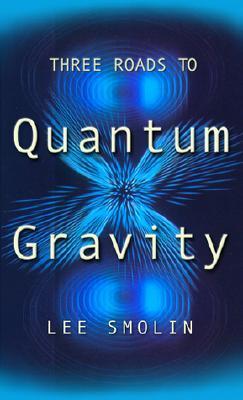
The Trouble With Physics: The Rise of String Theory, The Fall of a Science, and What Comes Next
Book Description
What if the very foundations of modern physics are built on a mirage? In "The Trouble With Physics," Lee Smolin embarks on a thrilling quest to unravel the enigma of string theory—the tantalizing promise of a "theory of everything." As the scientific community grapples with its limitations, Smolin unveils a landscape rife with intellectual battles and bold ideas. The stakes? The future of a once-great discipline hangs in the balance. With each revelation, you’re drawn deeper into the chaos of theoretical physics. Can a new paradigm rise from the ashes, or is science destined to stagnate?
Quick Book Summary
"The Trouble With Physics" by Lee Smolin is a provocative critique of contemporary theoretical physics, focusing on the dominance of string theory. Smolin argues that, contrary to initial hopes, string theory has failed to deliver testable predictions or experimental evidence, leading the field into stagnation. He contends that the academic culture around physics, including career incentives and groupthink, stifles alternative approaches and innovative thinking. By examining the historical context of physics breakthroughs and the sociological structure of the field, Smolin champions a more open, pluralistic scientific culture. Ultimately, he calls for a return to foundational questions and for fostering diverse ideas, in hopes of rekindling progress in our understanding of the universe.
Summary of Key Ideas
Table of Contents
The Rise and Dominance of String Theory
Lee Smolin chronicles the emergence of string theory, once heralded as physics’ best candidate for a "theory of everything," uniting general relativity and quantum mechanics. He details the intellectual allure and mathematical elegance that drew many brilliant minds to the field. However, Smolin highlights that, despite decades of vigorous effort, string theory has produced few concrete, falsifiable predictions and remains largely disconnected from experimental reality. The book explores how initial excitement transformed into dogma, with resources and prestige funneling predominantly towards string theory.
Scientific Method and the Need for Testable Predictions
Smolin underscores the scientific method’s emphasis on testable predictions—an area where string theory repeatedly falls short. He argues that for a theory to be scientific, it must make predictions that can be verified or falsified by experiment. String theory, with its vast landscape of possible solutions and its reliance on high-energy experiments beyond current technology, struggles to meet this standard. This, Smolin contends, has created a crisis, with physics at risk of drifting away from its empirical roots.
Sociological Challenges in Physics
The book also investigates the sociological factors influencing the field. Smolin points to career incentives, funding structures, and a competitive academic environment that often rewards conformity over creativity. He observes that young scientists face immense pressure to align with prevailing trends like string theory, limiting intellectual diversity and stifling innovation. Smolin argues that such institutional biases have hampered the investigation of promising alternative approaches.
Lessons from the History of Science
Looking to the past, Smolin draws upon the history of scientific revolutions, reminding readers that paradigm shifts often arise from challenging consensus and embracing unconventional ideas. He reviews how quantum mechanics, relativity, and other breakthroughs emerged from environments that allowed skepticism and nurtured cross-disciplinary dialogue. This perspective reveals the importance of fostering cultures that prioritize discovery over dogma.
The Call for Pluralism and Fresh Approaches
In closing, Smolin advocates passionately for a pluralistic approach to fundamental physics, supporting avenues such as loop quantum gravity and other foundational inquiries. He urges the scientific community to reassess values, support diversity of thought, and remain open to radical alternatives. Only by rekindling a culture where multiple frameworks can flourish, Smolin believes, can physics hope to break its current impasse and illuminate deeper truths about the universe.
Download This Summary
Get a free PDF of this summary instantly — no email required.





